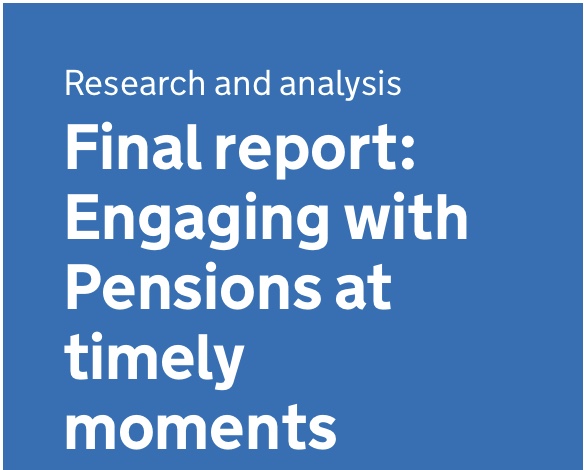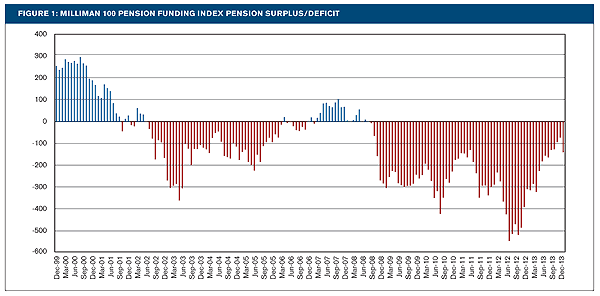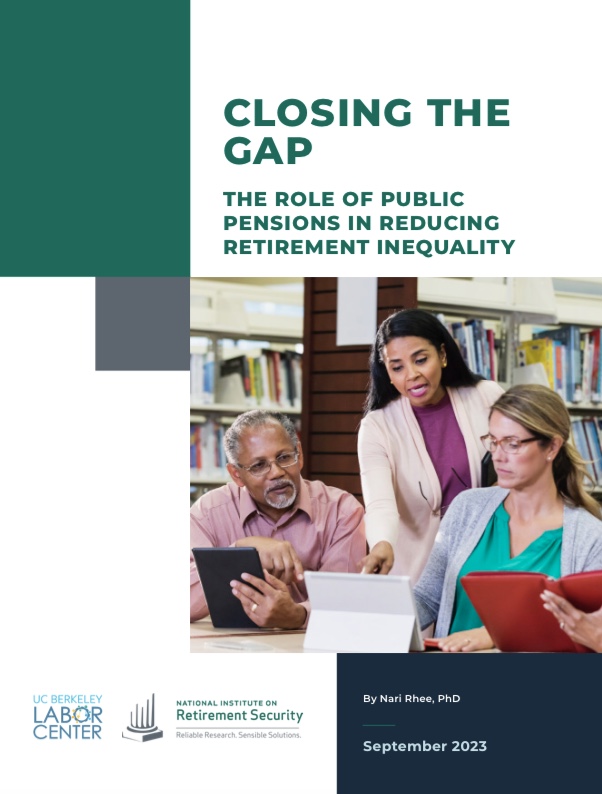Reformas de pensiones en América Latina: Balanceando mejoras en beneficios y contención de la presión fiscal
Por Constanza Pérez Aquino, Nicole Schmidt, Joydeep Mukherji, Lisa M. Schineller & Manuel Orozco El envejecimiento demográfico y el aumento de las demandas sociales en América Latina han generado debates sobre reformas de pensiones, obligando a los gobiernos a abordar de manera equilibrada muchos objetivos que se contraponen. Las bajas tasas de contribución y el anémico y desigual crecimiento económico, entre otros factores, han provocado que sean insuficientes los ahorros para la jubilación para un porcentaje significativo de los beneficiarios...









